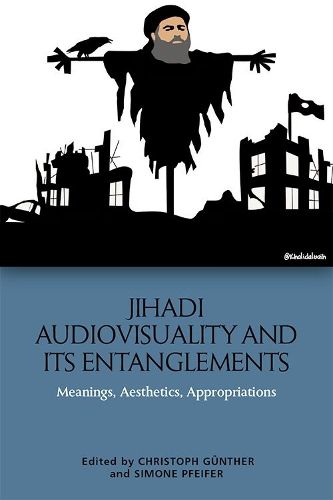Readings Newsletter
Become a Readings Member to make your shopping experience even easier.
Sign in or sign up for free!
You’re not far away from qualifying for FREE standard shipping within Australia
You’ve qualified for FREE standard shipping within Australia
The cart is loading…






ISIS is often described as a terrorist organisation that uses social media to empower its supporters and reinforce its message. Through 12 case studies, this book examines the different ways in which Jihadi groups and their supporters use visualisation, sound production and aesthetic means to articulate their cause in online as well as offline contexts.
Divided into four thematic sections, the chapters probe Jihadi appropriation of traditional and popular cultural expressions and show how, in turn, political activists appropriate extremist media to oppose and resist the propaganda. By conceptualising militant Islamist audiovisual productions as part of global media aesthetics and practices, the authors shed light on how religious actors, artists, civil society activists, global youth, political forces, security agencies and researchers engage with mediated manifestations of Jihadi ideology to deconstruct, reinforce, defy or oppose the messages.
$9.00 standard shipping within Australia
FREE standard shipping within Australia for orders over $100.00
Express & International shipping calculated at checkout
ISIS is often described as a terrorist organisation that uses social media to empower its supporters and reinforce its message. Through 12 case studies, this book examines the different ways in which Jihadi groups and their supporters use visualisation, sound production and aesthetic means to articulate their cause in online as well as offline contexts.
Divided into four thematic sections, the chapters probe Jihadi appropriation of traditional and popular cultural expressions and show how, in turn, political activists appropriate extremist media to oppose and resist the propaganda. By conceptualising militant Islamist audiovisual productions as part of global media aesthetics and practices, the authors shed light on how religious actors, artists, civil society activists, global youth, political forces, security agencies and researchers engage with mediated manifestations of Jihadi ideology to deconstruct, reinforce, defy or oppose the messages.